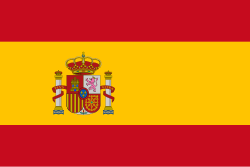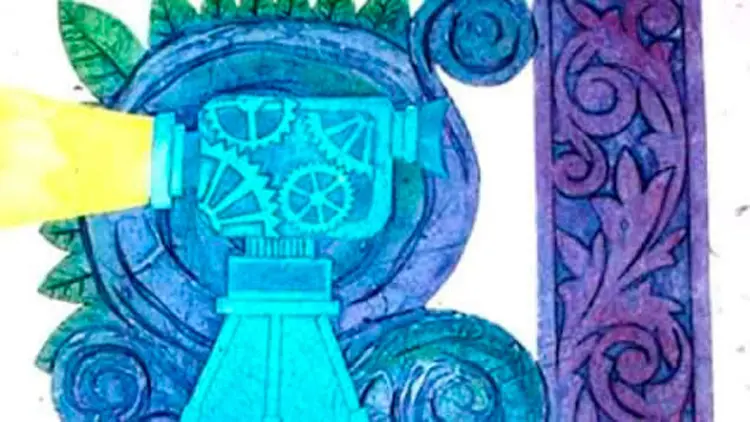The Hermanos Saíz Association and the Provincial Film Center in the province of Holguin have called for Cámara Azul, the event dedicated to the audiovisual universe in Romerías de Mayo festival.
According to a press release, in 2024, Cámara Azul will have as its main theme “Communicating heritage through audiovisuals”, therefore, it will host panels made up of filmmakers and specialists who make visible or project initiatives to revitalize the nation’s historical memory and heritage values through audiovisuals.
On this occasion, the 65th anniversary of the Cuban Institute of Cinematographic Art and Industry (Icaic) will have a special significance, therefore, special screenings of pieces that constitute jewels of the national cinematography have been announced.
Likewise, the event will highlight the 25th anniversary of the Cuban Heritage Radio Station, Habana Radio, of the Office of the Historian of the City of Havana, whose mission is to promote the life and heritage treasures of the founding towns and other important Cuban cities, with the imprint of new technologies associated with communication.
In addition, the Provincial Directorate of Radio will take part in the Cámara Azul program for the development of a radio production workshop dedicated to radio documentaries, an excellent format for the dissemination of heritage.
As usual, during the World Festival of Artistic Youth, a wide selection of young filmmakers will be screened and the calls for the audiovisual events Cine Andante (Guantanamo) and El Almacén de la Imagen (Camagüey), both from the Hermanos Saíz Association, will be launched, with their respective special screenings.
The Cámara Azul space emerged in 2004 as an initiative of the audiovisual section of the AHS, led at that time by filmmaker Jorge Ribaíl Reyes, in view of the scarce presence of the genre in the Romerías de Mayo and owes its name to the process by which several elements, photographed separately, merge into a single image, known as “blue screen” or “blue camera”.
- Campaign Against Arboviruses Intensifies in Moa - 13 de December de 2025
- The 11th Plenum of the Central Committee of the PCC Convenes - 13 de December de 2025
- ANPP readjusts its session period amid complex national scenario - 13 de December de 2025

